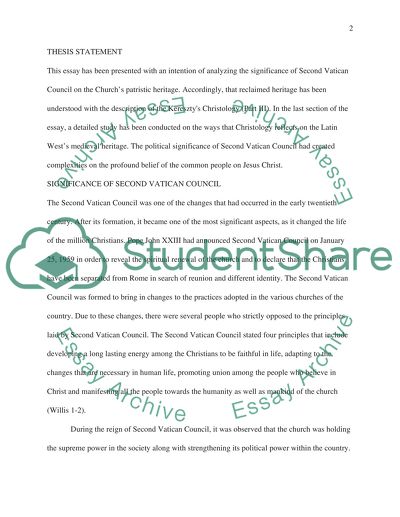Cite this document
(“Christology Term Paper Example | Topics and Well Written Essays - 2750 words”, n.d.)
Retrieved from https://studentshare.org/religion-and-theology/1651133-christology
Retrieved from https://studentshare.org/religion-and-theology/1651133-christology
(Christology Term Paper Example | Topics and Well Written Essays - 2750 Words)
https://studentshare.org/religion-and-theology/1651133-christology.
https://studentshare.org/religion-and-theology/1651133-christology.
“Christology Term Paper Example | Topics and Well Written Essays - 2750 Words”, n.d. https://studentshare.org/religion-and-theology/1651133-christology.


